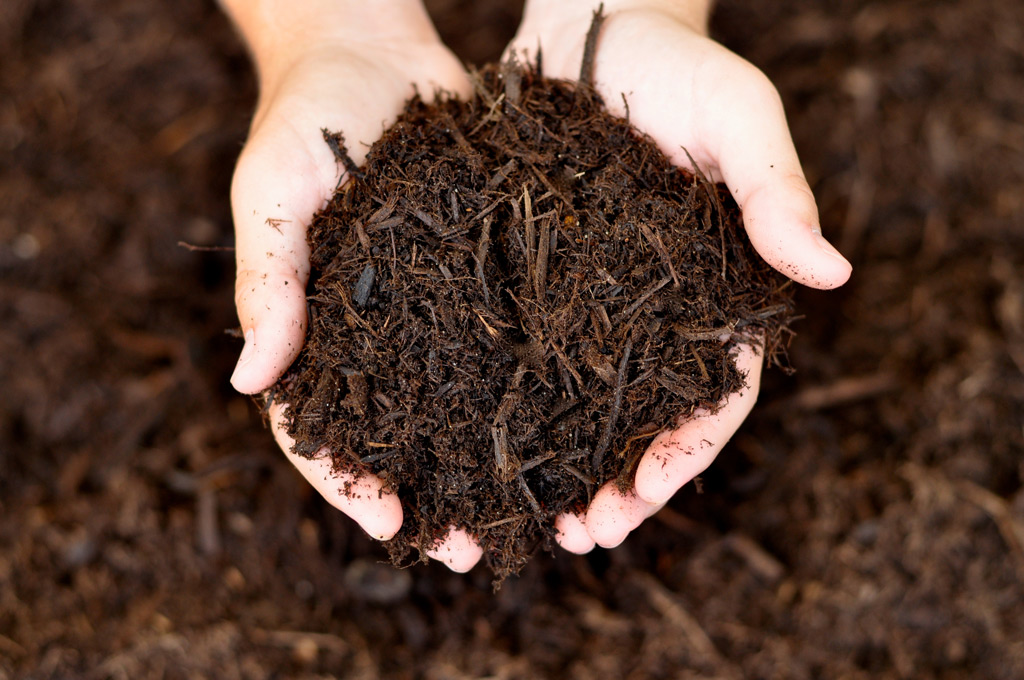Outdoor Tips
Whether we notice it or not, we use a lot of water outdoors everyday. Chances are you have automatic sprinklers for your grass, a drip irigation system for plants, or maybe both. And we rarely give these systems a second thought other than during a change of season or particularly dry summer. Fortunately, you can make small changes in order to diminish your water use with these tips for the outdoors:
- Your lawn can only absorb so much water, it is common that people overwater their lawns, causing runoff onto the street which wastes water. Because of this, you may have many questions: how long should I leave my sprinklers on? What time is best to minimize evaporation? Here are some handy tips:
- How much: This depends on the time of year. If you notice any runoff, reduce the amount of water you give the grass as it is not absorbing all of it.
- How often: This depends on the time of year. As a rule, you should avoid watering it more than twice a week.
- What time of day: The best time to water is early in the morning (4-6 am) or late at night (after 10 pm), when the sun is not high overhead. This allows the roots of the grass to absorb the water and stops the water from evaporating in the hot sun.
- Does soil matter: Yes: it takes longer for water to penetrate clay soil and absorb into the roots than it takes water to penetrate sandy soil. Soil type can help you to determine what water pressure you should have as well as how long you should water.
- Buy plants that are drought friendly
- If a plant dies or you just decide to redo your yard, you can save hundreds of gallons of water every year by replacing plants with ones that require less water to survive. As an alternative, you can plant native plants. Because native plants have adapted to the local climate, they can survive off of the natural rainfall with little watering.
- Mulch your plants
- Putting mulch in the soil acts as a cover for the soil, diminishing evaporation and reducing the amount of weeds that compete for soil moisture. An alternative to mulch is grass clippings as they also cover the soil around plants.

- Follow local water use restrictions
- Local suppliers know what is best for your yard based off of the local climate and system you are using. Furthermore, avoid watering your lawn during droughts. Although it may turn brown, the grass can survive for long periods without water and will turn green again once you are able to water it.
- Use a broom to clean off you patio and sidewalk
- I know how tempting it may be to just turn on your hose and quickly wash off your front porch or driveway. By simply grabbing a broom instead, you can save hundreds of gallons of water.
- Install a drip irrigation system
- Drip irrigation is extremely efficient because it minimizes evaporation and allows the water to go directly into plants� roots. It also minimizes the amount of water given to surrounding weeds.
- Do not water on rainy or windy days
- Be aware of the weather predictions to know when you should turn your sprinklers off. Watering on windy days increases the chance of the water hitting the surrounding sidewalk instead of the grass.
- Use a bucket instead of a hose when washing your car
- Do not worry about picking up grass clippings after mowing
- Short grass clippings offer shade to roots, decreasing evaporation. However, be sure to pick up thick clumps of clippings to avoid killing the grass underneath.
- Water plants with leftover drinking water
- If you find yourself pouring yesterday's water from school or work down the sink everyday, put it to use by using it to water any indoor or outdoor plants that need watering.
 Water Warriors
Water Warriors